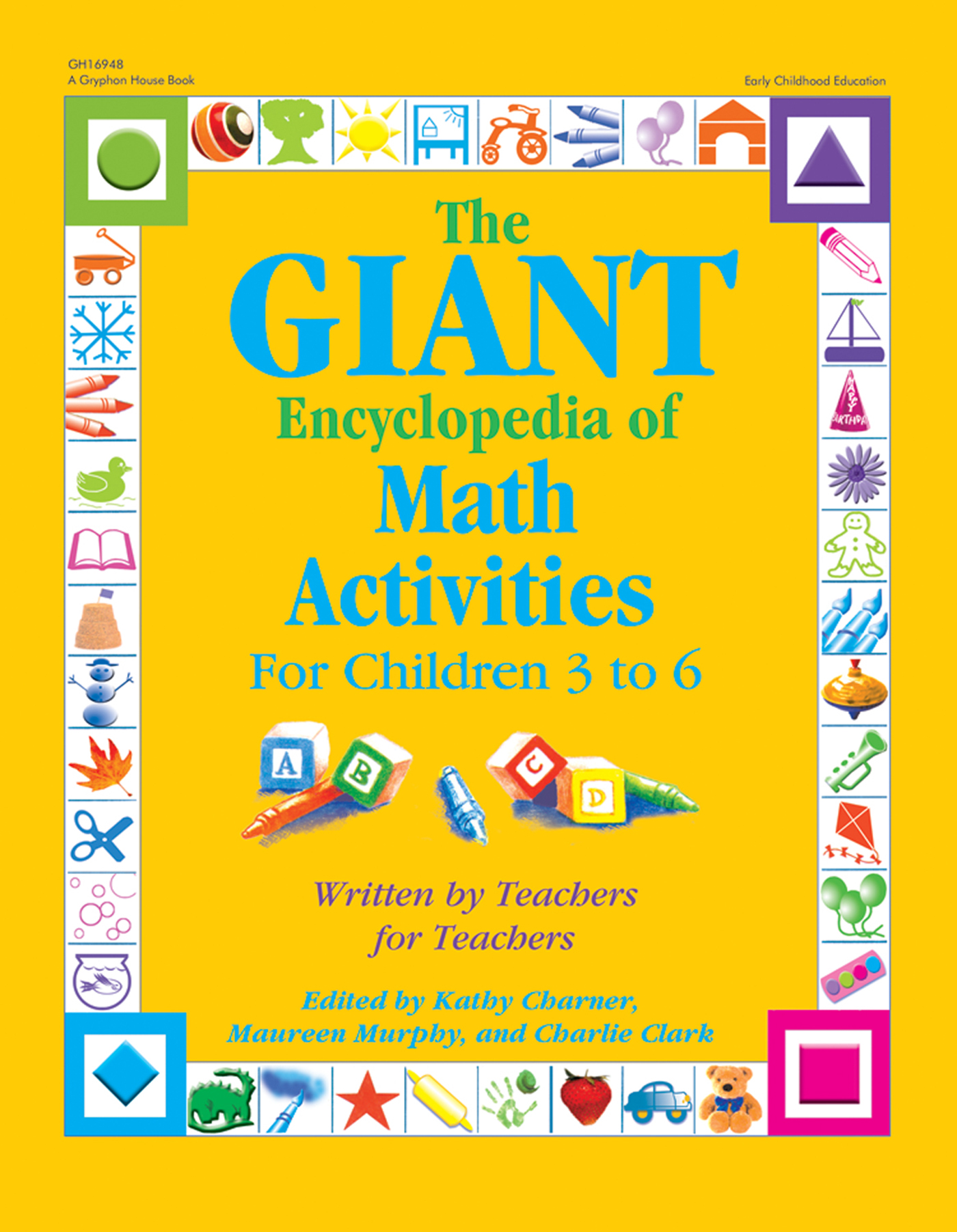Materials
sand and water table
many containers of different sizes (bottles, cups, bowls, milk cartons, empty clean juice cans) boxes (for use with dry materials) spoons, scoops, funnels, strainers, beaters water, sand, seeds, or anything that can be pouredInstructions
1. Fill the sand and water table with any type of material you choose: water,
sand, seeds, and so on. (As an example for this activity, we'll use water.)
2. Place several different containers in the sand and water table. Let the
children explore the materials before starting the activity.
3. Fill one container with water with the children's help.
4. Pick out another container. Ask, "If I pour the water from this bottle into this
other bottle, will the second bottle be able to hold all the water?"
5. Let each child make a prediction, then pour the water from the first
container into the second as the children observe.
6. Ask a child to describe what happened. Were their predictions correct?
7. Continue with several other containers, following the same procedure.
8. Ask the children to line up the bottles from the one that held the most to
the one that held the least.
9. Pick out a standard container, such as a measuring cup. Point out one of the
larger containers in the table. Say, "If I want to fill the big bowl with water
and use this measuring cup, how many times will I have to fill the cup and
pour water into the bowl?"
10. Write down the children's predictions.
11. Let each child take turns using the cup to fill the large bowl. Record the
number of cups by making a slash on a piece of paper for each cup.
12. When the bowl is full, help the children count the number of slashes.
Compare that amount with the predictions the children made.
More to do This activity can be done with a variety of materials. Use different sizes of
containers and common objects. For example, in the dramatic play center, ask
which of three different size boxes would make the best bed for a baby doll.
